Home>Technology>Home Office Tech>How Does A Tesla Charging Station Work
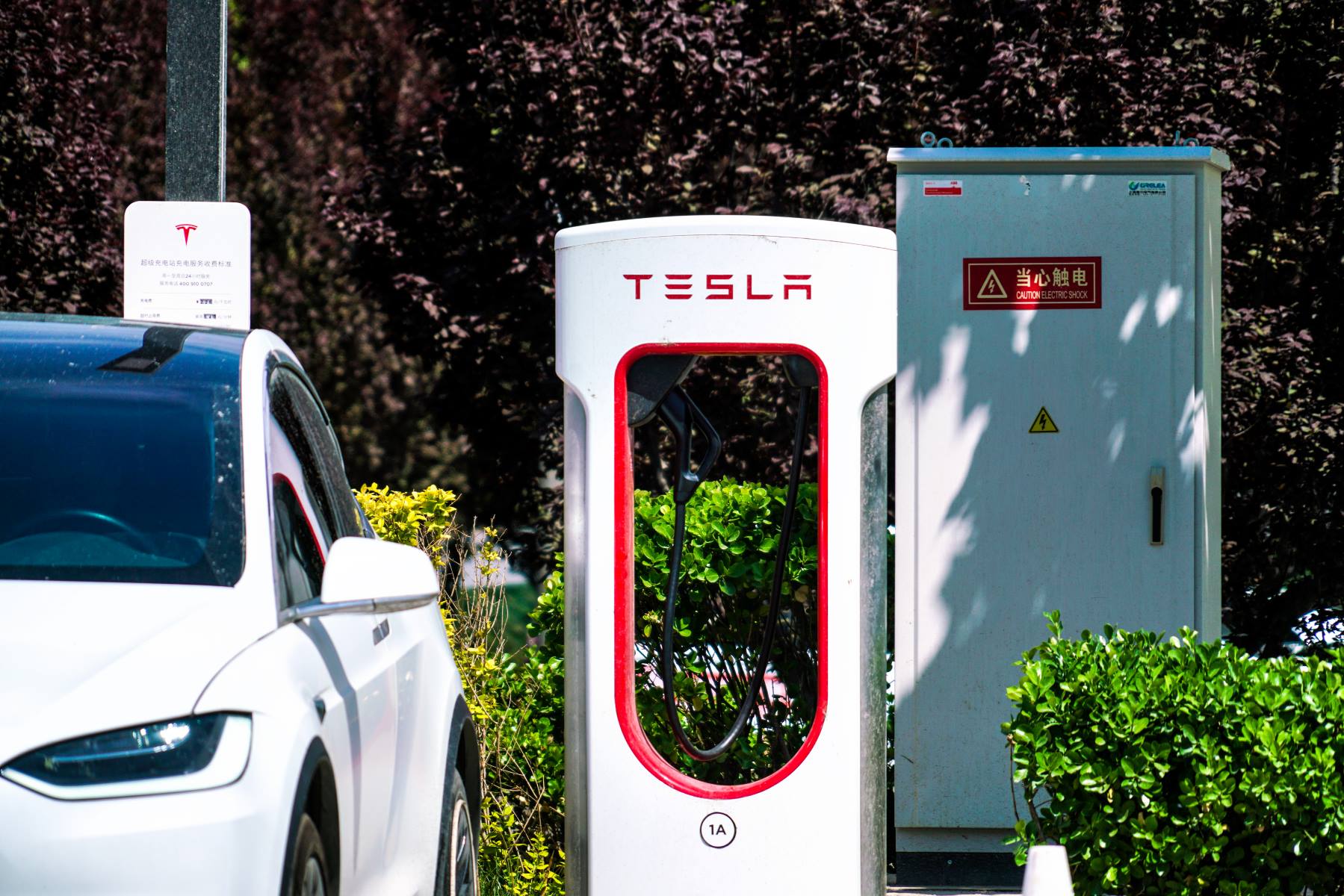

Home Office Tech
How Does A Tesla Charging Station Work
Modified: February 25, 2024
Discover how a Tesla charging station operates at home or in the office. Learn about the technology and benefits for your home office tech setup.
(Many of the links in this article redirect to a specific reviewed product. Your purchase of these products through affiliate links helps to generate commission for Storables.com, at no extra cost. Learn more)
Introduction
Welcome to the future of automotive technology, where sustainability meets innovation. With the rise of electric vehicles (EVs), the demand for efficient and accessible charging solutions has become increasingly prevalent. Among the pioneering forces in this arena is Tesla, a company renowned for its cutting-edge electric cars and the infrastructure that supports them. In this article, we will delve into the fascinating world of Tesla charging stations, exploring their types, functionality, and the benefits they offer to both Tesla owners and the environment.
As the automotive industry undergoes a monumental shift towards eco-friendly alternatives, the significance of charging infrastructure cannot be overstated. Tesla has been at the forefront of this movement, revolutionizing the way we power our vehicles. Understanding the intricacies of Tesla charging stations not only sheds light on the company’s commitment to sustainable transportation but also provides valuable insights into the future of electric mobility.
Join us on a journey through the inner workings of Tesla charging stations, from their diverse range of offerings to the seamless technology that powers them. By the end of this exploration, you will gain a comprehensive understanding of how Tesla charging stations operate and the pivotal role they play in advancing the electric vehicle revolution.
Key Takeaways:
- Tesla charging stations, like Superchargers, provide rapid and convenient charging for electric vehicles, making long-distance travel and daily commuting hassle-free for Tesla owners.
- Tesla’s charging infrastructure not only enhances the ownership experience but also contributes to environmental sustainability by reducing emissions and fostering a cleaner transportation ecosystem.
Read more: How To Charge A Tesla At A Charging Station
Tesla Charging Station Overview
Tesla’s charging stations, often referred to as “Superchargers,” represent a cornerstone of the company’s commitment to sustainable transportation. These stations form an extensive network strategically positioned to facilitate long-distance travel and provide convenient charging options for Tesla owners. The Supercharger network spans across highways, urban centers, and popular destinations, offering unparalleled accessibility and convenience for electric vehicle drivers.
One of the key distinguishing features of Tesla’s charging infrastructure is its emphasis on rapid charging capabilities. Superchargers are designed to deliver high-power direct current (DC) to Tesla vehicles, enabling swift recharging times and minimizing the impact on drivers’ schedules. This focus on efficiency and speed sets Tesla’s charging stations apart, making them an integral component of the overall Tesla ownership experience.
Moreover, Tesla has expanded its charging network beyond long-distance travel routes, establishing a robust presence in urban areas to cater to daily charging needs. By strategically deploying Superchargers in urban hubs and popular destinations, Tesla ensures that drivers have access to reliable charging solutions for both short and long trips, fostering confidence in electric vehicle adoption.
As Tesla continues to innovate and expand its electric vehicle lineup, the company’s charging infrastructure evolves in tandem, incorporating the latest technological advancements to enhance the charging experience. From urban Superchargers to the next-generation V3 Superchargers capable of delivering unparalleled charging speeds, Tesla’s commitment to advancing its charging network remains unwavering.
By providing a comprehensive overview of Tesla’s charging station network, we aim to illuminate the breadth and depth of this infrastructure, showcasing its pivotal role in shaping the future of electric mobility.
Types of Tesla Charging Stations
Tesla offers a diverse array of charging solutions tailored to the varying needs of electric vehicle owners. Understanding the different types of Tesla charging stations is essential for navigating the charging landscape and harnessing the full potential of Tesla’s infrastructure. Let’s explore the primary categories of Tesla charging stations:
- Superchargers: Tesla’s Superchargers represent the pinnacle of high-speed charging, designed to facilitate long-distance travel and minimize charging times. These stations are strategically located along major highways and travel routes, enabling Tesla drivers to replenish their vehicle’s battery levels swiftly and efficiently. With the introduction of V3 Superchargers, capable of delivering peak charging rates of up to 250 kW, Tesla continues to push the boundaries of rapid charging technology, setting new standards for the industry.
- Urban Superchargers: Complementing the long-distance focus of traditional Superchargers, urban Superchargers cater to the charging needs of Tesla owners in densely populated areas and urban centers. These stations are strategically positioned to support daily commuting and local travel, providing convenient charging options for drivers with shorter charging requirements.
- Destination Charging: Tesla’s Destination Charging program encompasses a network of charging locations at hotels, restaurants, shopping centers, and other popular destinations. These chargers are designed to facilitate seamless integration of charging into daily routines, allowing Tesla owners to replenish their vehicle’s battery while engaging in leisure or business activities. The Destination Charging network enhances the accessibility of charging options, contributing to the overall convenience of owning a Tesla vehicle.
- Home Charging: While not part of the public charging infrastructure, home charging solutions are integral to the Tesla ownership experience. Tesla offers a range of home charging options, including the Tesla Wall Connector, designed to provide efficient and convenient charging at home. Home charging solutions empower Tesla owners to start each day with a fully charged vehicle, eliminating the need for frequent visits to public charging stations for everyday driving needs.
By delineating the various types of Tesla charging stations, we gain a comprehensive understanding of the diverse charging landscape that Tesla has meticulously cultivated. Each type of charging station plays a distinct role in supporting the charging needs of Tesla owners, collectively contributing to the seamless and efficient operation of Tesla’s electric vehicle ecosystem.
When using a Tesla charging station, make sure to have the Tesla charging adapter with you, as it is necessary to connect your vehicle to the charging station.
How Tesla Charging Stations Work
At the core of Tesla’s charging infrastructure lies a sophisticated system designed to deliver seamless and efficient charging experiences for Tesla vehicle owners. Understanding the inner workings of Tesla charging stations unveils the technological prowess and ingenuity that underpin these essential components of the electric mobility ecosystem.
When a Tesla vehicle is connected to a charging station, whether it’s a Supercharger, urban charger, or home charging solution, a series of intricate processes are set in motion to facilitate the charging process. Here’s a glimpse into how Tesla charging stations operate:
- Authentication and Connection: Upon arriving at a Tesla charging station, the driver authenticates the charging session using the Tesla mobile app or the vehicle’s touchscreen interface. Once authenticated, the vehicle is connected to the charging station, establishing a secure and efficient link for the transfer of electrical power.
- Power Delivery: Tesla’s charging stations are engineered to deliver high-power direct current (DC) to the vehicle’s onboard charging system. This direct current is converted from the alternating current (AC) supply available at the charging station, ensuring compatibility with the vehicle’s battery and charging architecture. The power delivery process is optimized for rapid charging, allowing Tesla vehicles to replenish their battery levels swiftly and efficiently.
- Battery Management: Throughout the charging process, Tesla’s advanced battery management system monitors and regulates the flow of electrical energy into the vehicle’s battery pack. This system optimizes charging parameters to maximize battery health and longevity, employing sophisticated algorithms to maintain an ideal charging environment for the battery cells.
- Real-time Monitoring and Control: Tesla’s charging stations are equipped with robust monitoring and control mechanisms that enable real-time data exchange between the vehicle and the charging infrastructure. This seamless communication allows for dynamic adjustments to the charging process, ensuring optimal performance and safety during the charging session.
- Charging Completion and Disconnection: Once the vehicle’s battery reaches the desired charge level, the charging station concludes the session, and the vehicle is safely disconnected from the power supply. Tesla vehicles are equipped with intuitive notifications and alerts to inform the driver when the charging process is complete, enabling a hassle-free and convenient charging experience.
By unraveling the operational intricacies of Tesla’s charging stations, we gain a profound appreciation for the seamless integration of cutting-edge technology and user-centric design. The harmonious interplay of hardware, software, and advanced engineering culminates in a charging experience that exemplifies Tesla’s commitment to innovation and excellence.
Benefits of Tesla Charging Stations
The proliferation of Tesla charging stations yields a multitude of benefits that extend beyond the realm of electric vehicle ownership, encompassing environmental, economic, and experiential advantages. As Tesla continues to expand and enhance its charging infrastructure, the following benefits come to the forefront, underscoring the transformative impact of Tesla’s charging network:
- Rapid Charging Speeds: Tesla’s Superchargers, renowned for their high-power charging capabilities, enable Tesla owners to replenish their vehicle’s battery levels swiftly, minimizing wait times and facilitating seamless long-distance travel. The unparalleled charging speeds offered by Tesla’s charging stations redefine the concept of efficient electric vehicle charging, enhancing the overall driving experience for Tesla owners.
- Long-Distance Travel Facilitation: By strategically deploying Superchargers along major travel routes, Tesla empowers drivers to embark on extensive journeys with confidence, knowing that reliable and rapid charging solutions are readily available. This expansive network of charging stations redefines the possibilities of electric vehicle travel, eliminating range anxiety and broadening the horizons for sustainable transportation.
- Environmental Sustainability: The widespread adoption of Tesla charging stations contributes to the reduction of greenhouse gas emissions and air pollution, fostering a cleaner and more sustainable transportation ecosystem. By incentivizing the transition to electric vehicles through a robust charging infrastructure, Tesla plays a pivotal role in mitigating the environmental impact of traditional gasoline-powered cars, aligning with global efforts to combat climate change.
- Convenience and Accessibility: Tesla’s charging network, comprising Superchargers, urban chargers, and destination charging locations, offers unparalleled convenience and accessibility for electric vehicle owners. Whether embarking on a road trip, commuting within urban areas, or engaging in leisure activities, Tesla’s charging solutions seamlessly integrate into diverse lifestyles, ensuring that charging is a hassle-free and integrated aspect of daily routines.
- Enhanced Ownership Experience: The availability of a robust charging infrastructure elevates the overall ownership experience for Tesla drivers, instilling confidence and peace of mind regarding charging accessibility. With the assurance of reliable and efficient charging options, Tesla owners enjoy a seamless transition to electric mobility, reaping the rewards of a forward-thinking and technologically advanced vehicle ecosystem.
By recognizing and embracing the myriad benefits of Tesla charging stations, we gain a holistic perspective on the transformative influence of these charging solutions, transcending the boundaries of individual vehicle ownership to shape the future of sustainable transportation on a global scale.
Conclusion
The evolution of Tesla charging stations stands as a testament to the relentless pursuit of innovation and sustainability in the automotive industry. From the inception of Superchargers to the expansion of urban and destination charging networks, Tesla has redefined the landscape of electric vehicle charging, shaping the future of mobility with unwavering dedication and forward-thinking vision.
As we navigate the intricacies of Tesla’s charging infrastructure, we uncover a tapestry of technological marvels, environmental stewardship, and user-centric design. The seamless integration of high-speed charging, strategic deployment of charging locations, and the commitment to enhancing the ownership experience collectively underscore Tesla’s unwavering commitment to advancing sustainable transportation.
Moreover, the benefits stemming from Tesla charging stations extend far beyond the realm of electric vehicle ownership, permeating the fabric of environmental conservation, travel facilitation, and experiential convenience. By fostering a robust charging network, Tesla not only empowers its drivers but also catalyzes a broader societal shift towards cleaner, more sustainable transportation alternatives.
Looking ahead, the trajectory of Tesla’s charging infrastructure promises continued innovation, expansion, and technological breakthroughs, further solidifying the company’s position as a trailblazer in the realm of electric mobility. As electric vehicles become increasingly prevalent, the significance of charging infrastructure, exemplified by Tesla’s pioneering efforts, will continue to shape the narrative of sustainable transportation for generations to come.
In essence, Tesla charging stations represent far more than mere charging points; they embody a vision of a greener, more accessible, and technologically advanced future. Through their widespread adoption and continual evolution, Tesla’s charging stations serve as beacons of progress, illuminating the path towards a world where sustainable transportation is not just a possibility but a prevailing reality.
Frequently Asked Questions about How Does A Tesla Charging Station Work
Was this page helpful?
At Storables.com, we guarantee accurate and reliable information. Our content, validated by Expert Board Contributors, is crafted following stringent Editorial Policies. We're committed to providing you with well-researched, expert-backed insights for all your informational needs.
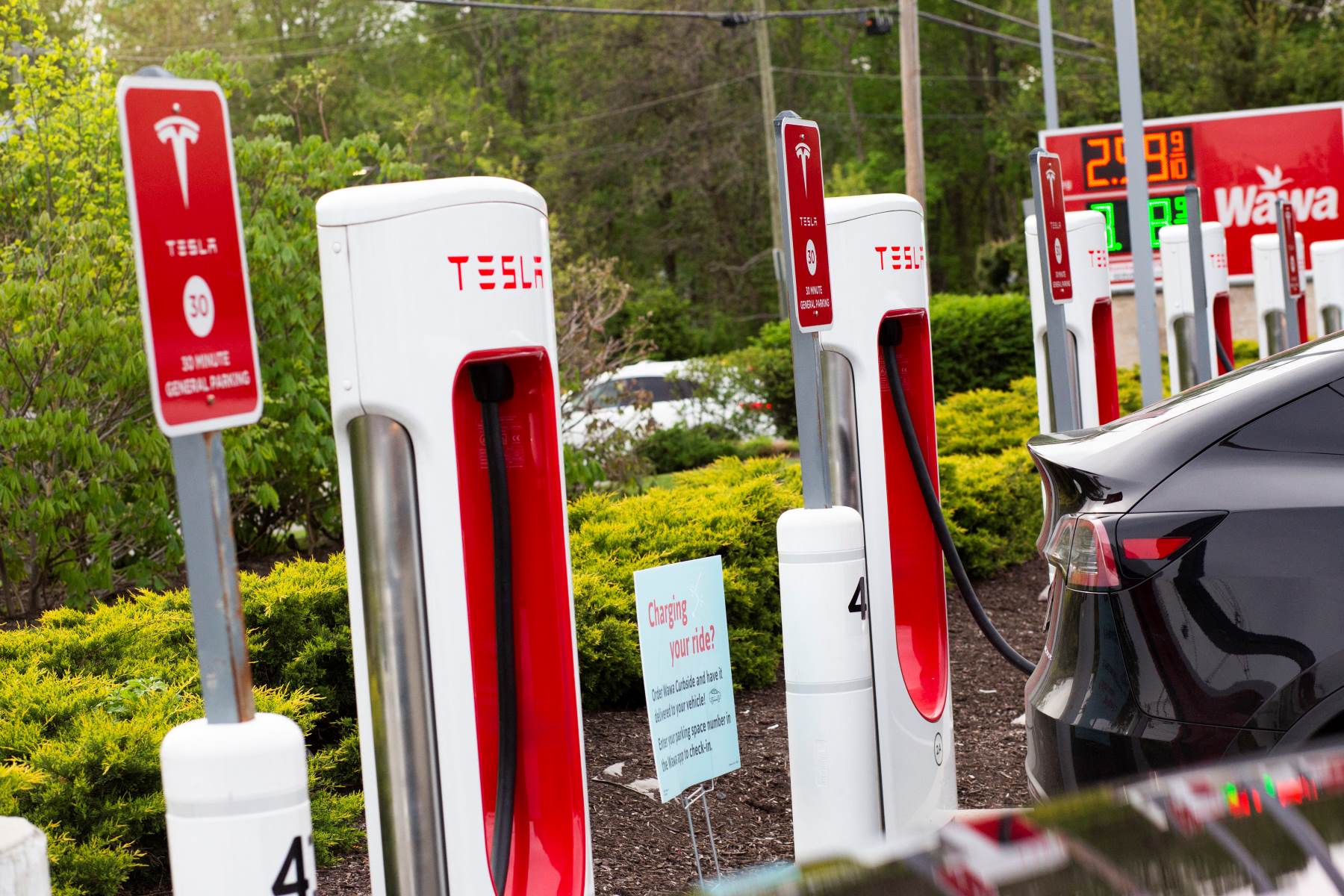
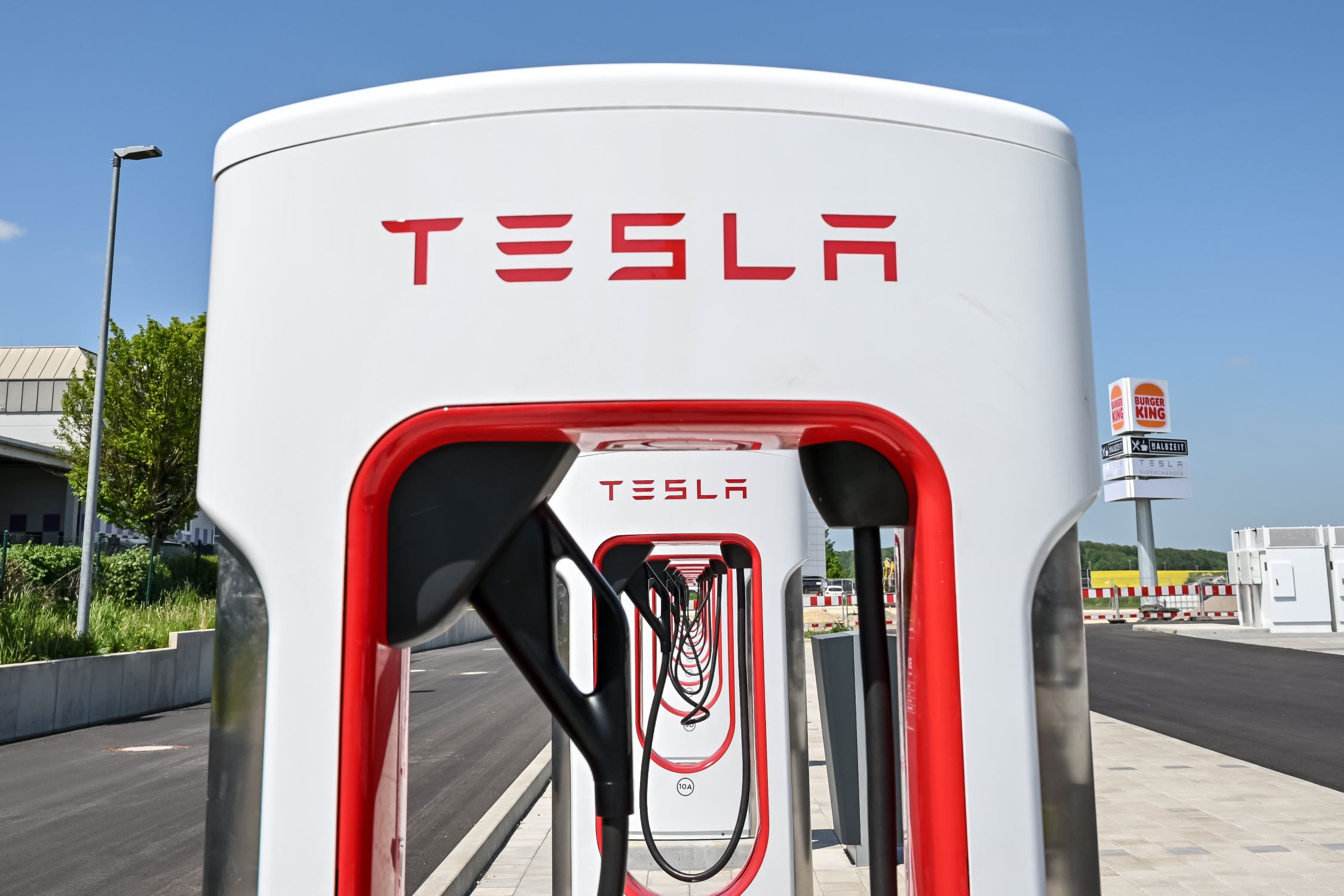
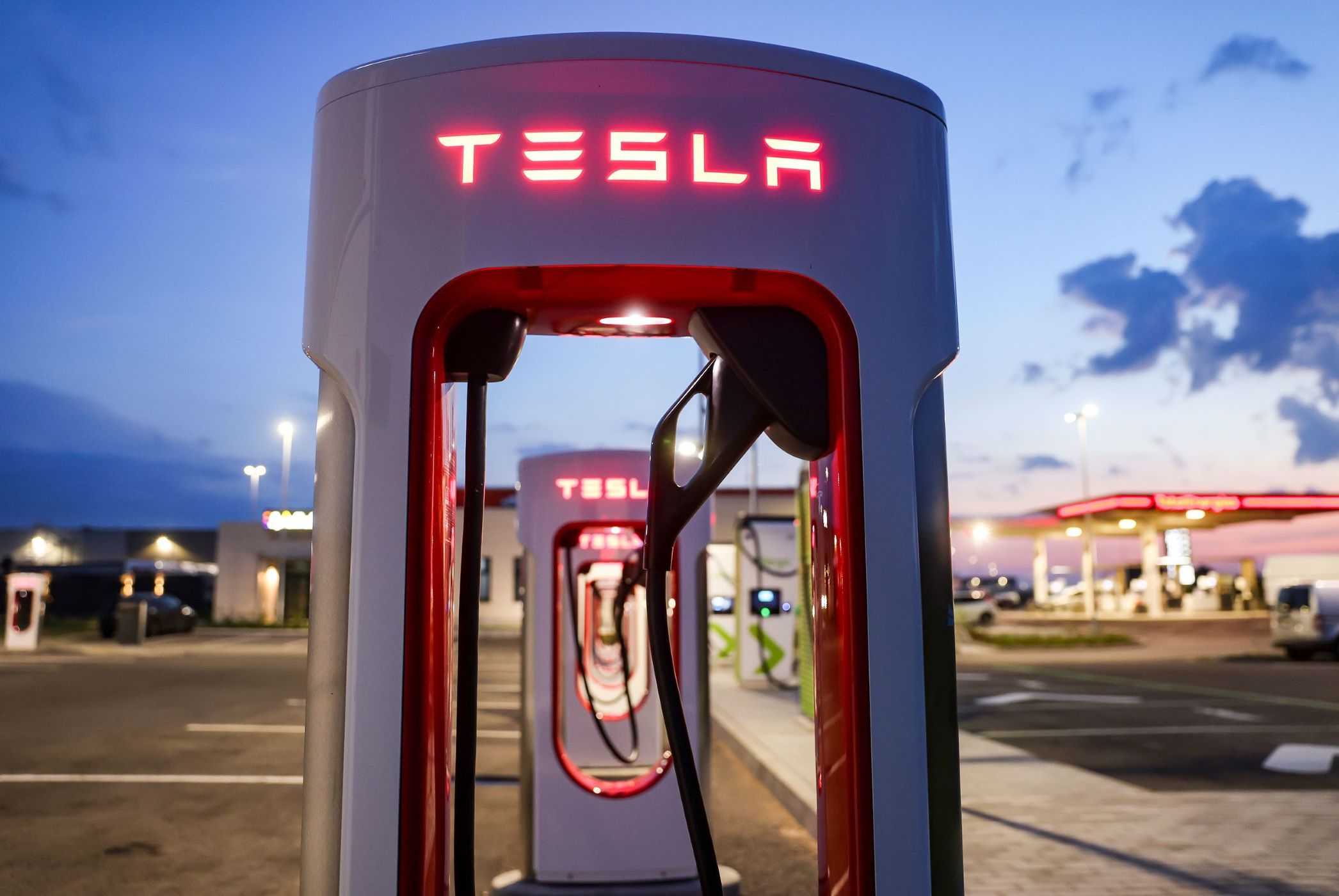
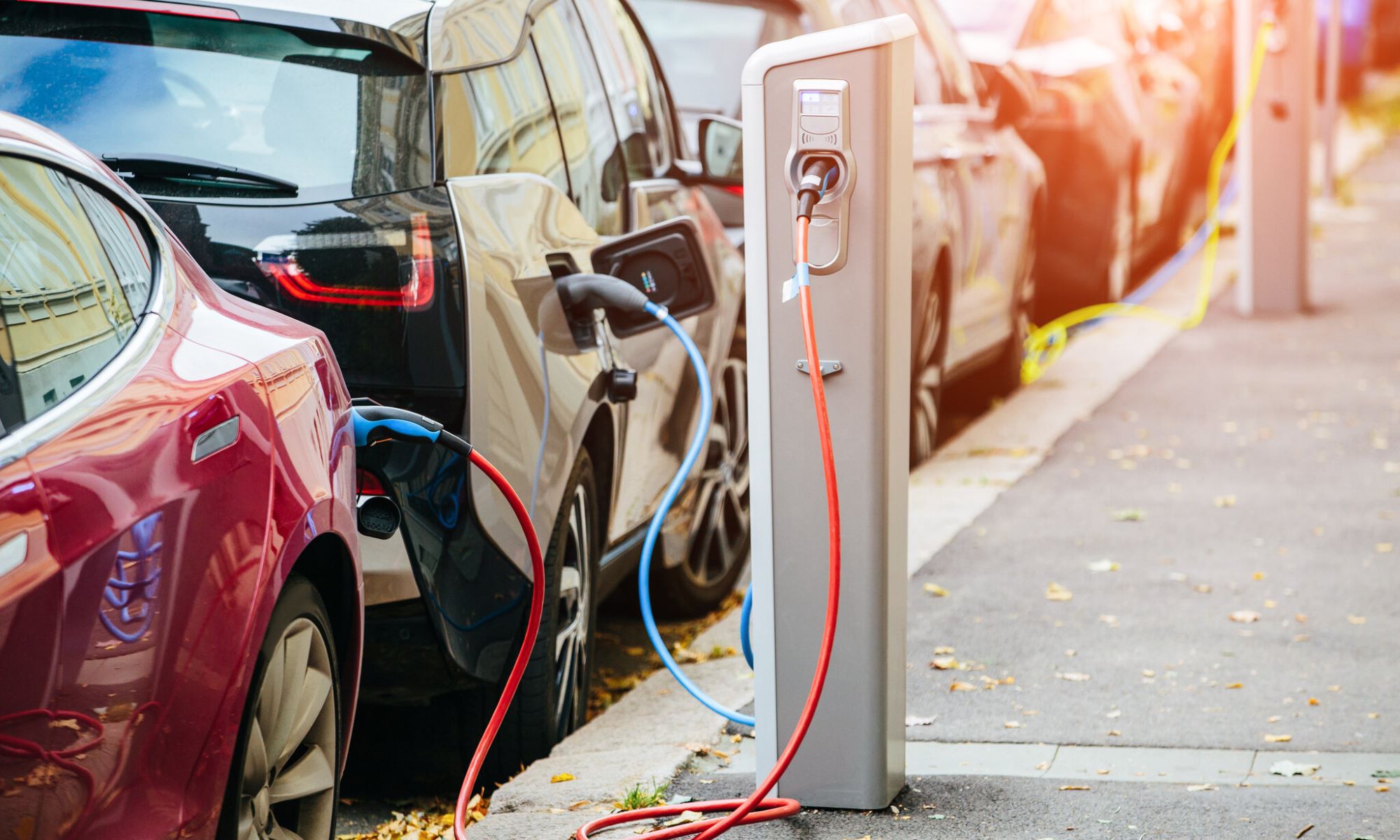
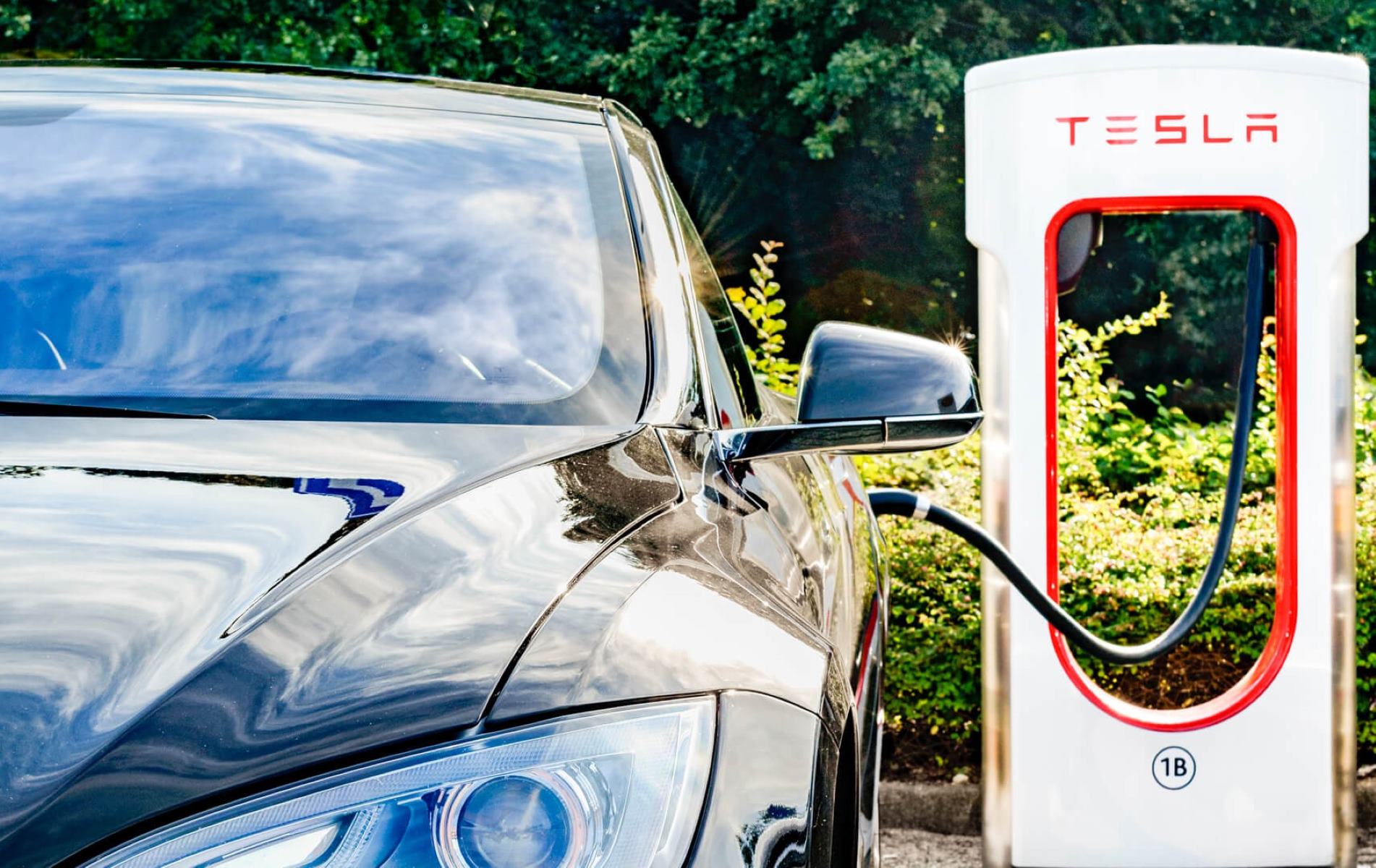
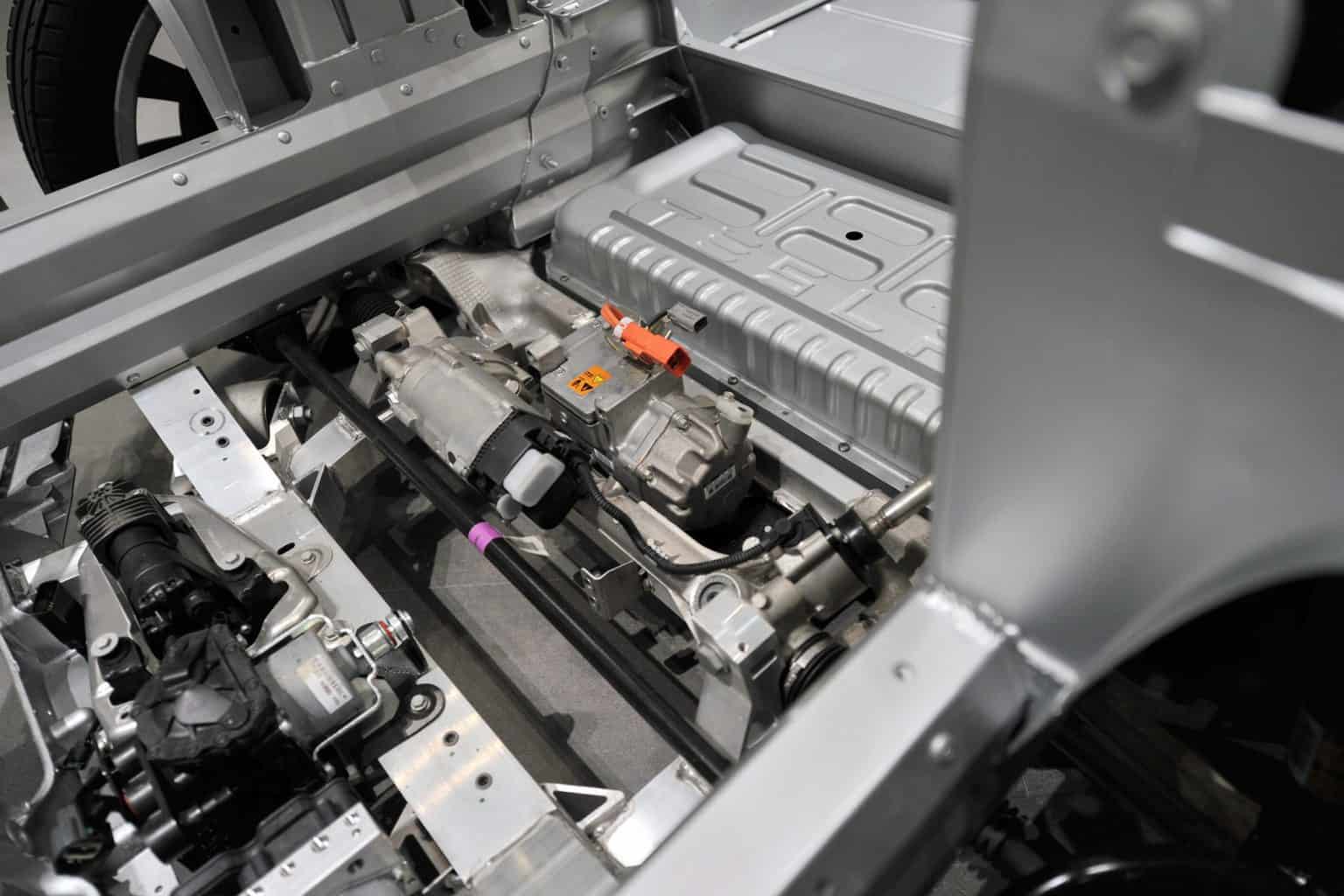

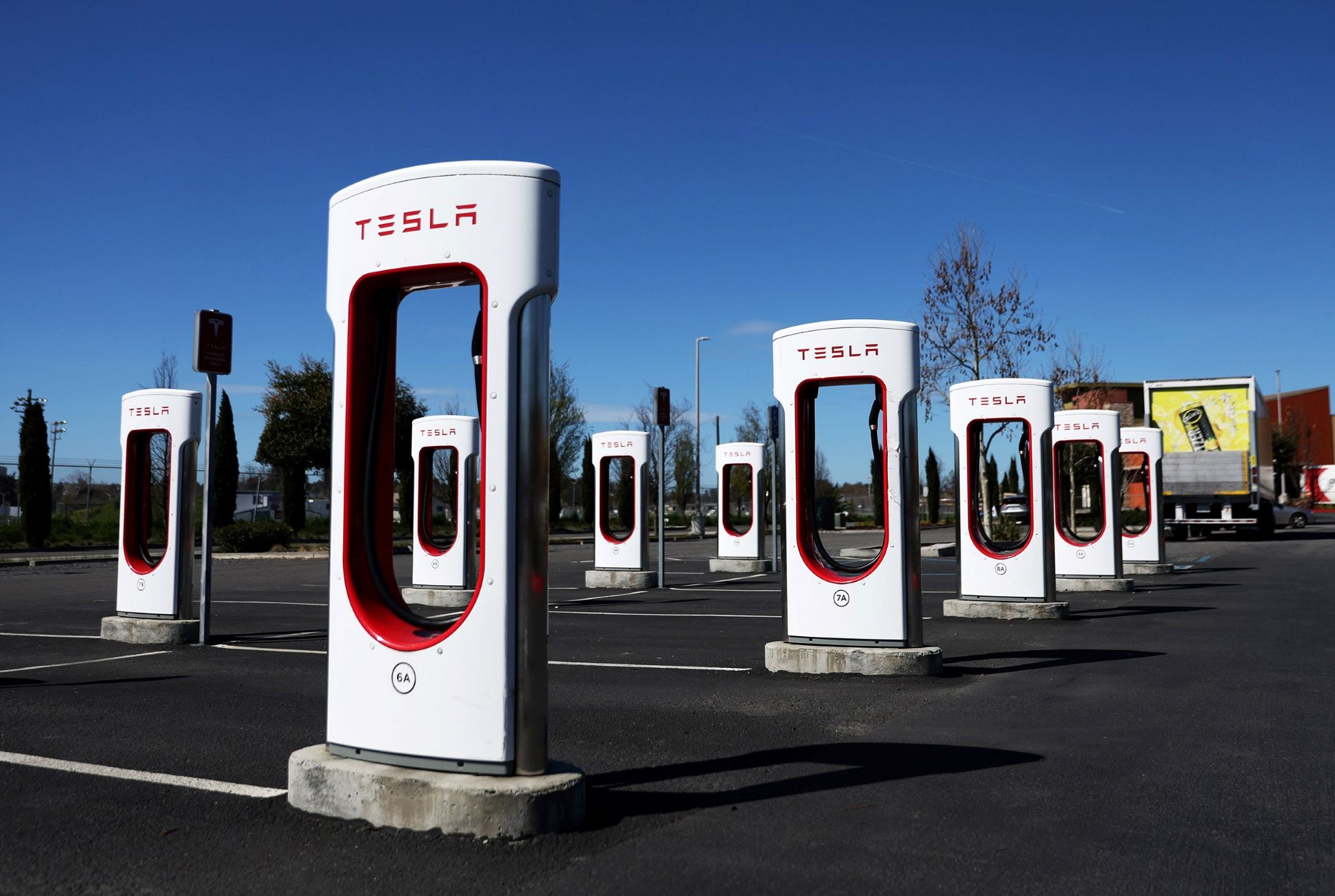

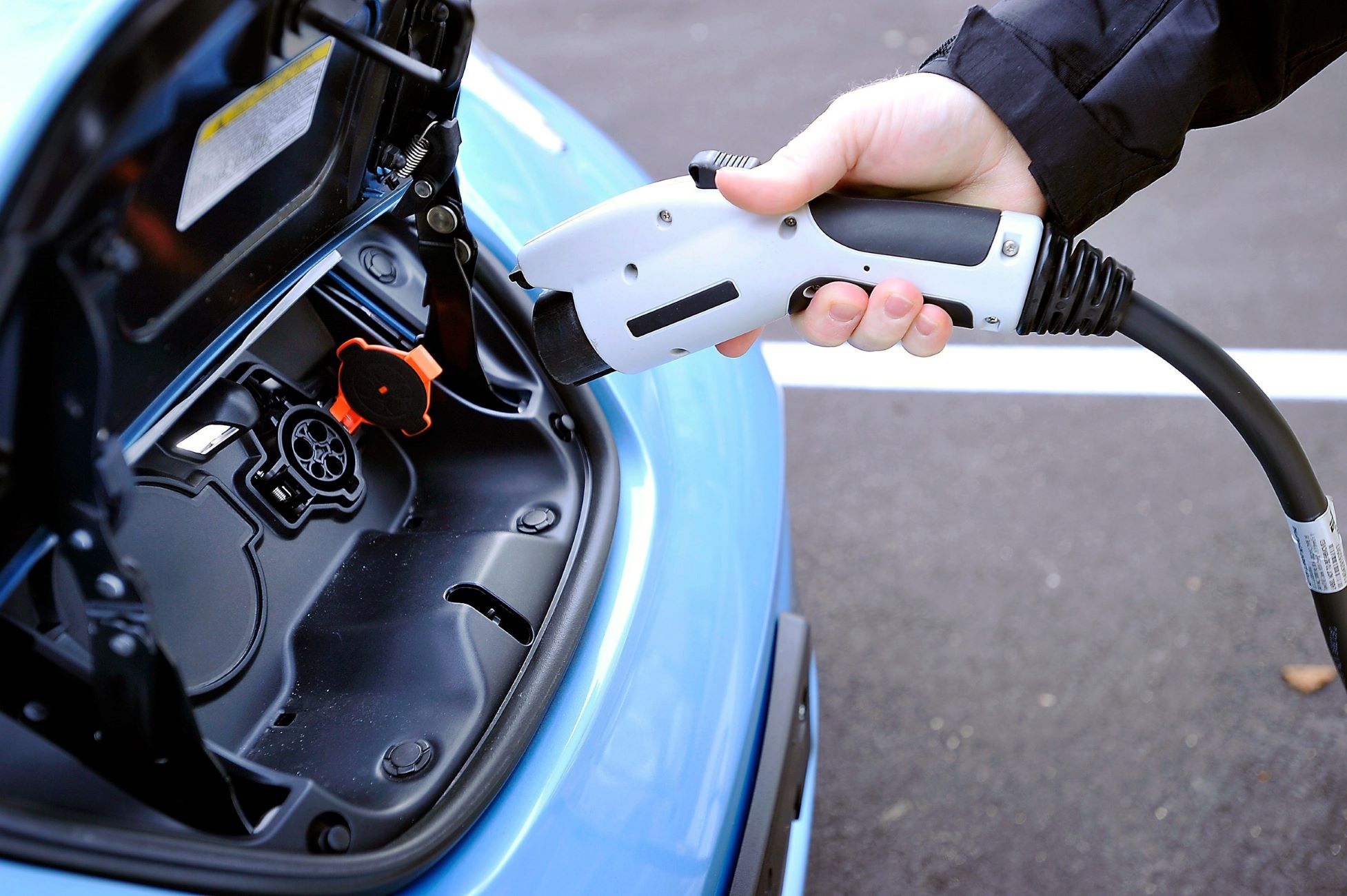

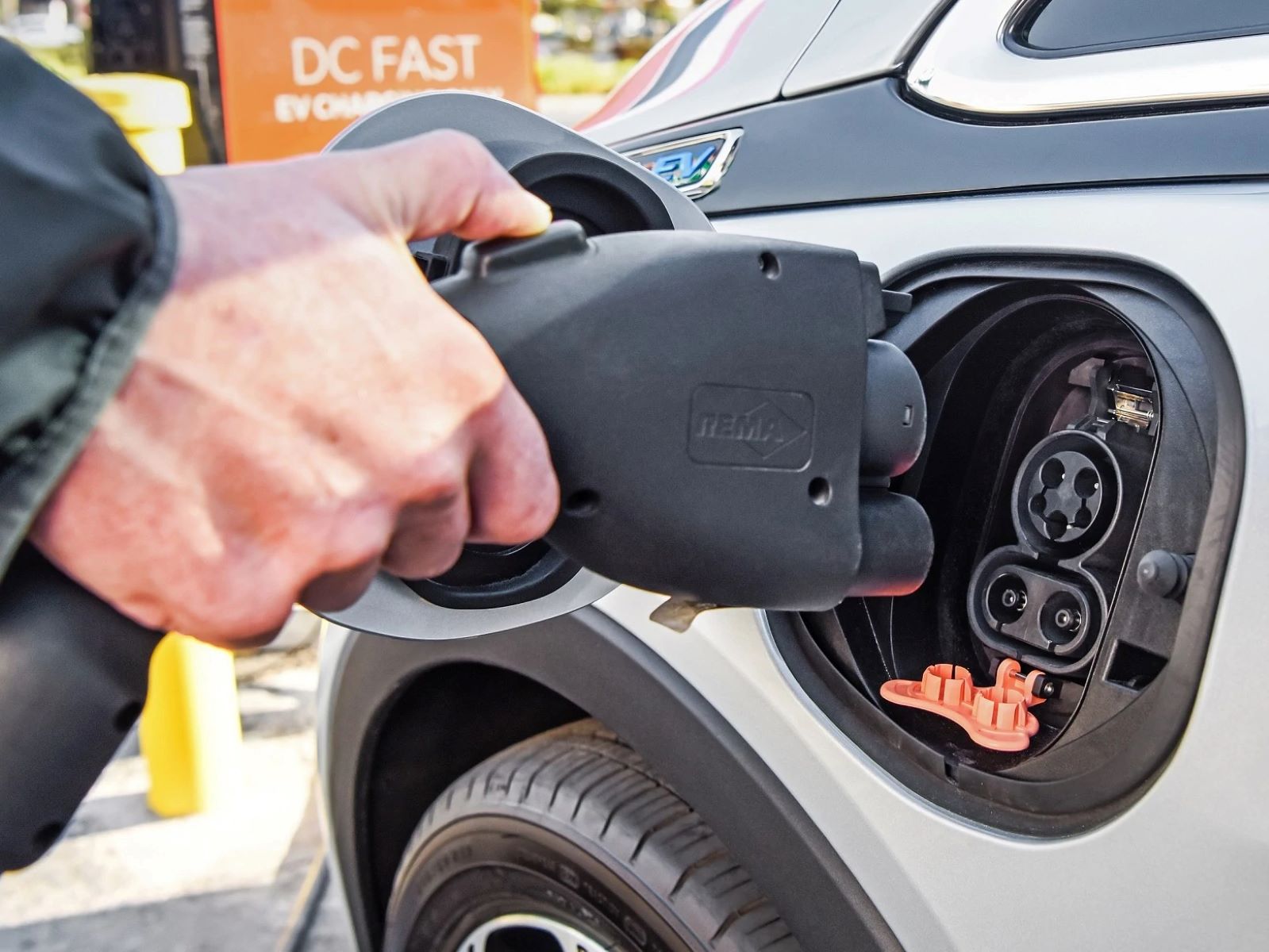

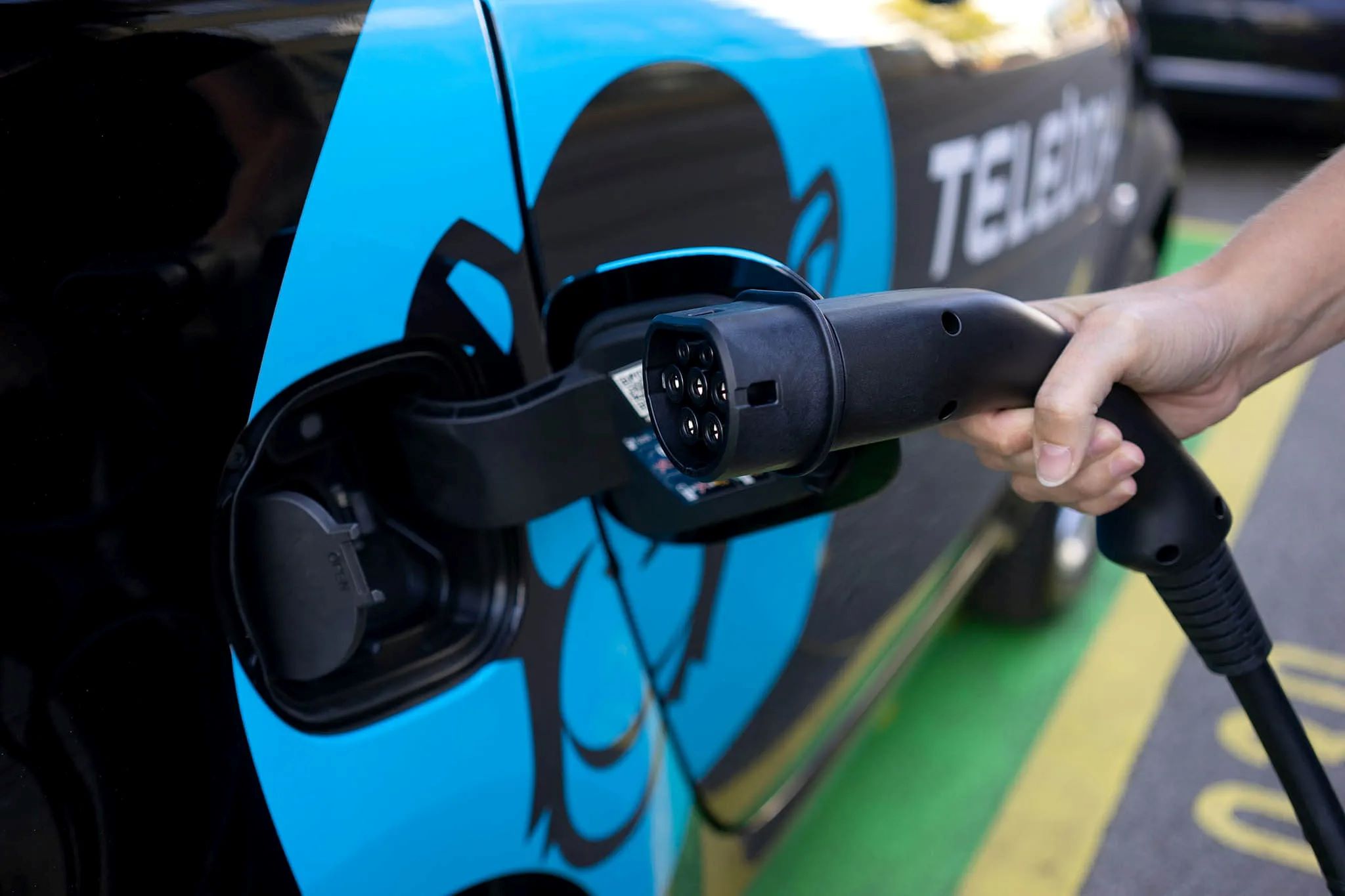

0 thoughts on “How Does A Tesla Charging Station Work”